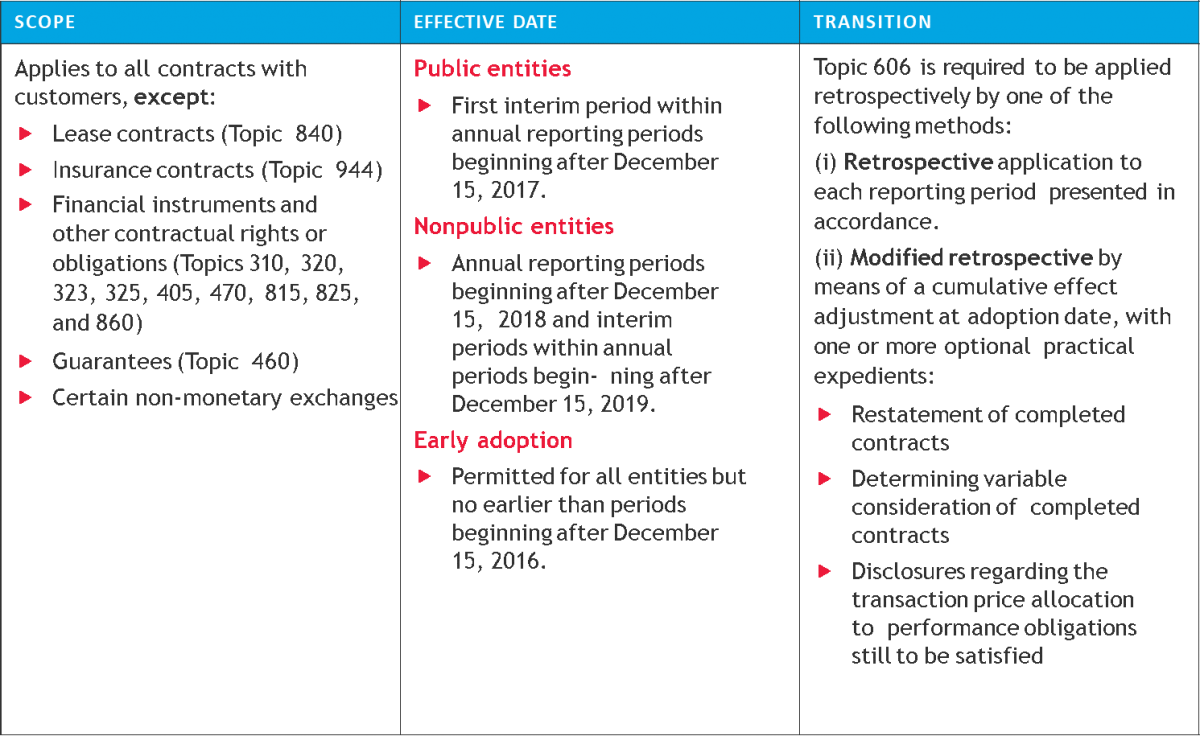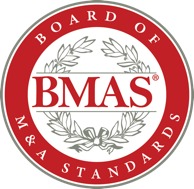How ASC 606 Revenue from Contracts with Customers Impacts M&A
By Tony Enlow, Partner, Transaction Advisory Services at BDO and a member of the Board of M&A Standards

Keep in mind that the new standard should not affect the valuation of an enterprise except in unusual situations and that to the extent the new standard accelerates or delays revenues, it could impact EBITDA multiples and metrics used to price transactions.
Impact on financial due diligence
Even though there may be no material differences for many companies, the new standard represents a significant shift in methodology that should be considered in evaluating a proposed target. When performing financial due diligence, you want to make sure that all the periods you are analyzing have the same revenue recognition policies applied consistently. If the company has not yet adopted the new standard, ask if they have performed an analysis of the potential impact of the new standard on the company’s financial statements and if so, what is the potential impact? If the target has not yet performed an analysis of the potential impact, you may have to do the analysis yourself, which could potentially delay the deal closing and you may incur additional consulting fees.
The new standard not only impacts revenue recognition, it may also impact the recognition of the costs associated with delivering that revenue. The two key items you want to consider here are 1) incentive-based compensation that is based on financial statement metrics and 2) the impact the recognition of sales commissions. The buyer may also have to evaluation executive incentive plans post transaction to align with the new standard. Also, note that the new standard will NOT result in material differences in financial results for all companies.
Impact on working capital
Once you have gained an understanding of the new standard on the target’s revenue recognition, it is important to understand the impact on working capital and the working capital peg. The new standard could impact accounts receivable, unbilled receivables, accrued commissions and other incentive-based compensation as well as deferred revenue. The impact on working capital will be most difficult to deal with when the working capital target is determined before adoption of the new standard with a true up occurring after the new standard has been adopted. The solution is to document and agree to the methodology for calculating both the target and closing working capital in the purchase and sale agreement.
Earn outs
Earn outs are commonly used to bridge the valuation gap between what the seller wants in purchase price and what the buyer is willing to pay. The earn out then represents contingent purchase price earned post transaction based on certain agreed upon metrics such as revenue growth, EBITDA targets or gross profit/margin targets. Like working capital, the transition to the new standard may impact the documentation and calculation of earn out payments in purchase and sale agreements signed before the new standard is effective. Therefore, like working capital, the buyer and seller should document and agree to which methodology will be used for the various earnout calculations.
Forecasts and projections
When it comes to forecasts and projections, make sure you understand if the confidential information memorandum considers the new standard in the forecast and whether historical periods have been restated. At a minimum, you will want the historical results and the forecast on the same methodology to be able to determine the reasonableness of the projections, which might entail doing your own analysis of the impact of the new standard on the target.
Debt covenants
Buying a company often involves obtaining new financing to facilitate the transaction. To the extent the new standard impacts EBITDA through delaying or accelerating revenue recognition and associated costs, it has the potential to impact any established debt covenants. Therefore, it is important to understand the impact of the new standard on historical as well as projected results.
Until all companies have evaluated the impact of ASC 606 and completed the adoption/implementation, the resulting increased focus on the impact on due diligence, working capital, earn outs, forecasts and debt covenants will continue into the near future.
 About Anthony Enlow:
About Anthony Enlow:
Tony Enlow has over 15 years of experience providing financial due diligence and transaction advisory services. He has worked on over 300 transactions ranging in size from $5 million to $40 billion and has assisted buyers and sellers that include private equity, public and private companies focused on transactional quality of earnings, cash flows and working capital. He has experience in a number of industries including agriculture companies, multi-location retail and restaurant, manufacturing, textiles, regulated and unregulated energy and energy related services, professional services, technology and many others. Tony is a featured presenter at the M&A Leadership Council's The Art of M&A Due Diligence in Scottsdale, AZ, October 2019.

